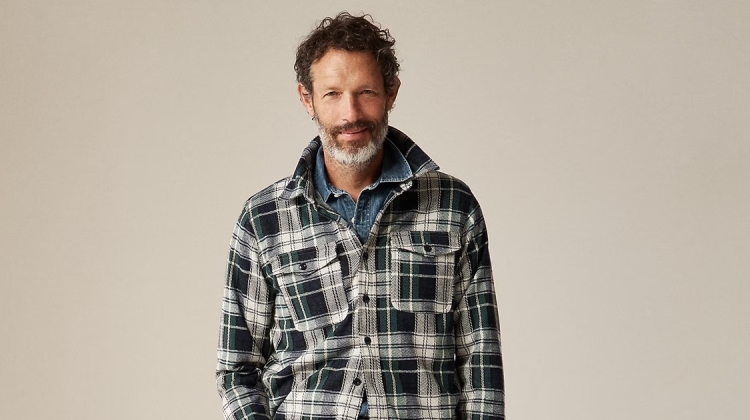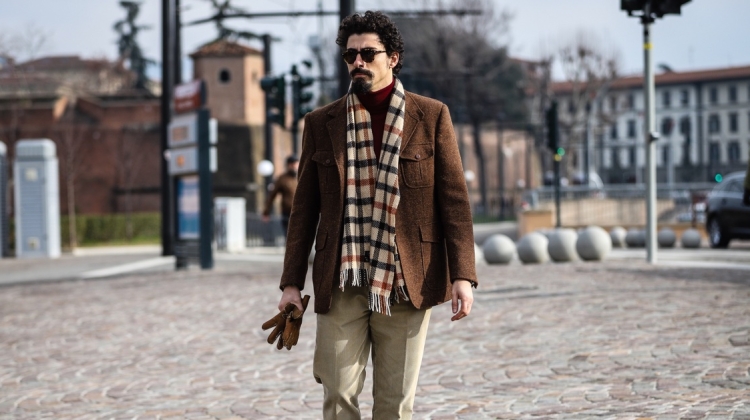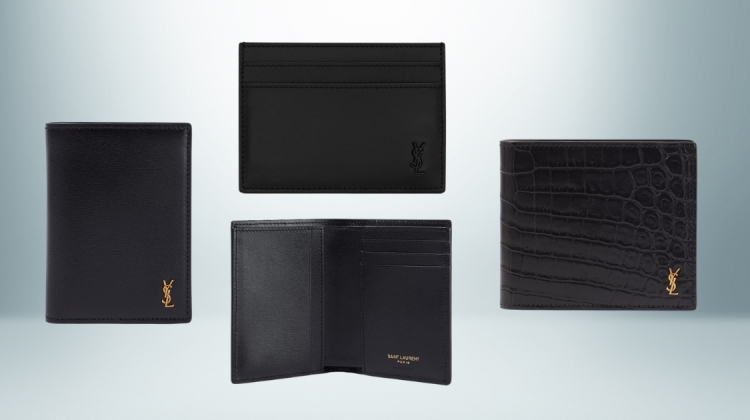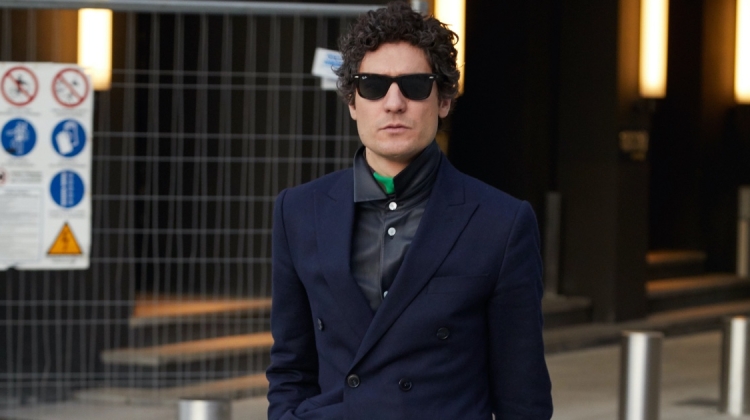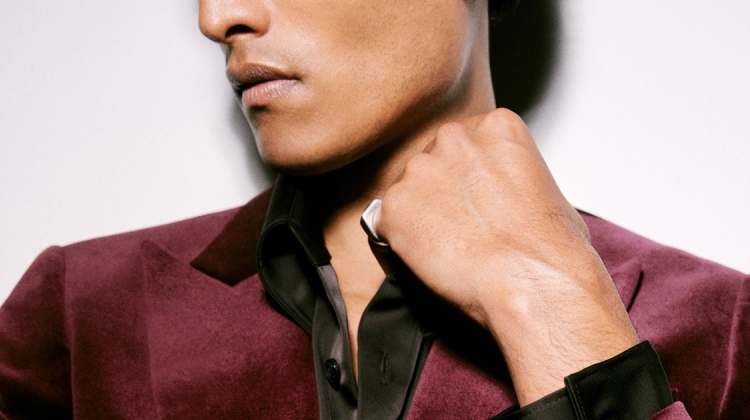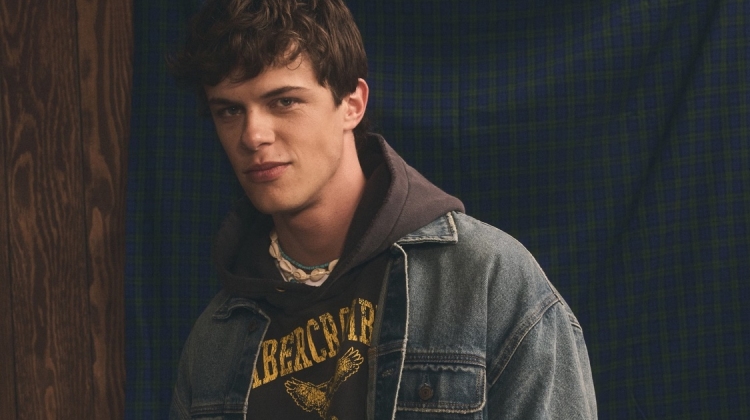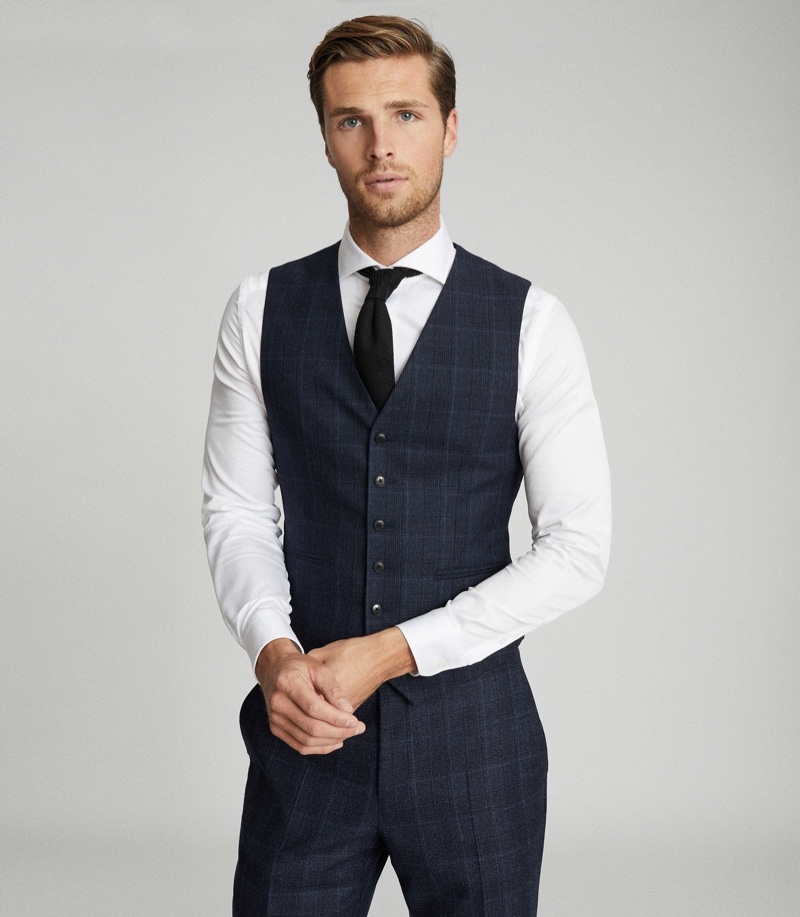
Whether you want to channel Steve McQueen in a suave three-piece, look like a country gent in tweed, or channel your inner dandy with a pop of color and brogues, there’s a waistcoat for every style. There seem to be no style rules, or are there? Here are answers to six of the most frequently asked waistcoat-related questions to help you break the mold while keeping to the rules.
1. How long should it be?
Well, the clue is in the name. However, it’s worth checking, as it’s a bit like a tie; too short, and you can look like a schoolboy and too long, and you can look sloppy. The waistcoat should reach your waist, and standing straight, it should just cover your waistband. There should be no tie or shirt sticking out underneath. If you’re going for a more formal look, then the belt should be covered too. Alternatively, consider wearing braces to avoid a belt buckle bunching underneath the waistcoat.
2. Loose or tight?
In one word: fitted. They streamline the torso, emphasize the waist, and make you appear taller and in better shape, so make the most of these benefits. Avoid baggy waistcoats unless you are going for an extremely casual look. Corsets used to be worn under waistcoats to enhance a trim waistline and emphasize broad shoulders, but there’s no need for extreme measures.
A closely fitted waistcoat that skims the torso is the goal. It is too tight if it digs in, pulls at the buttons, rides up, or crinkles the shirt underneath. Use the cinch at the back to adjust the tightness as required, but avoid pulling it too tight to prevent the material from bunching.
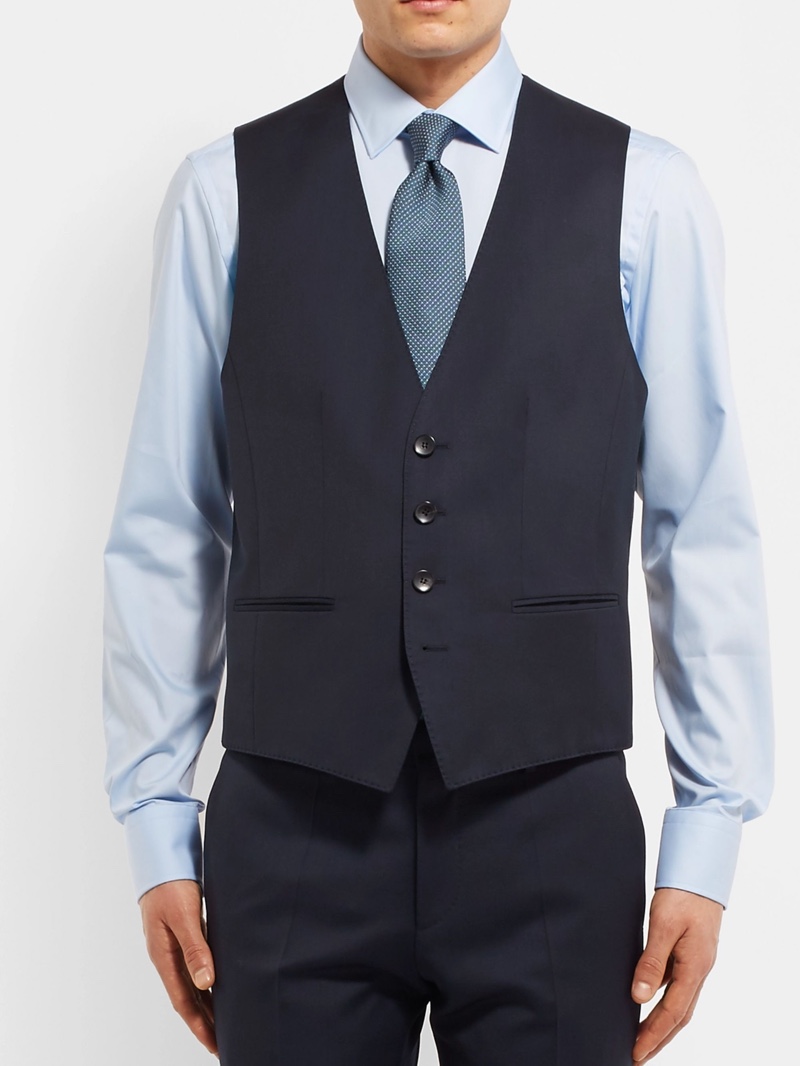
3. How should it fit around the shirt collar?
A well-fitted waistcoat will fit closely underneath the back of the collar but will avoid touching the front tips of the collar. The shoulders should sit flat against the body. If there is gaping around the collar or shoulders, then it is too big.
4. Do I have to do all the buttons up?
A gentleman always leaves the bottom button of his waistcoat undone. The practical reason is that it allows more movement and is more comfortable. The real reason is a mystery but is often attributed to King Edward VII becoming a little portly and leaving his bottom button undone. His courtiers, either thinking that it was the new trend or wanting to spare his embarrassment, followed suit, thus setting a fashion rule that has endured since the early 1900s.
Some are now questioning the rationale behind this rule, and a brave few are flouting it by doing up every button. However, to avoid being seen as ignorant of the tradition, it’s best to button up while leaving the bottom one undone unless you are wearing a double-breasted waistcoat. If you’re looking for a very casual, low-key style, then you could leave all the buttons undone and flap along in the wind carefree. That would also be a brave move.
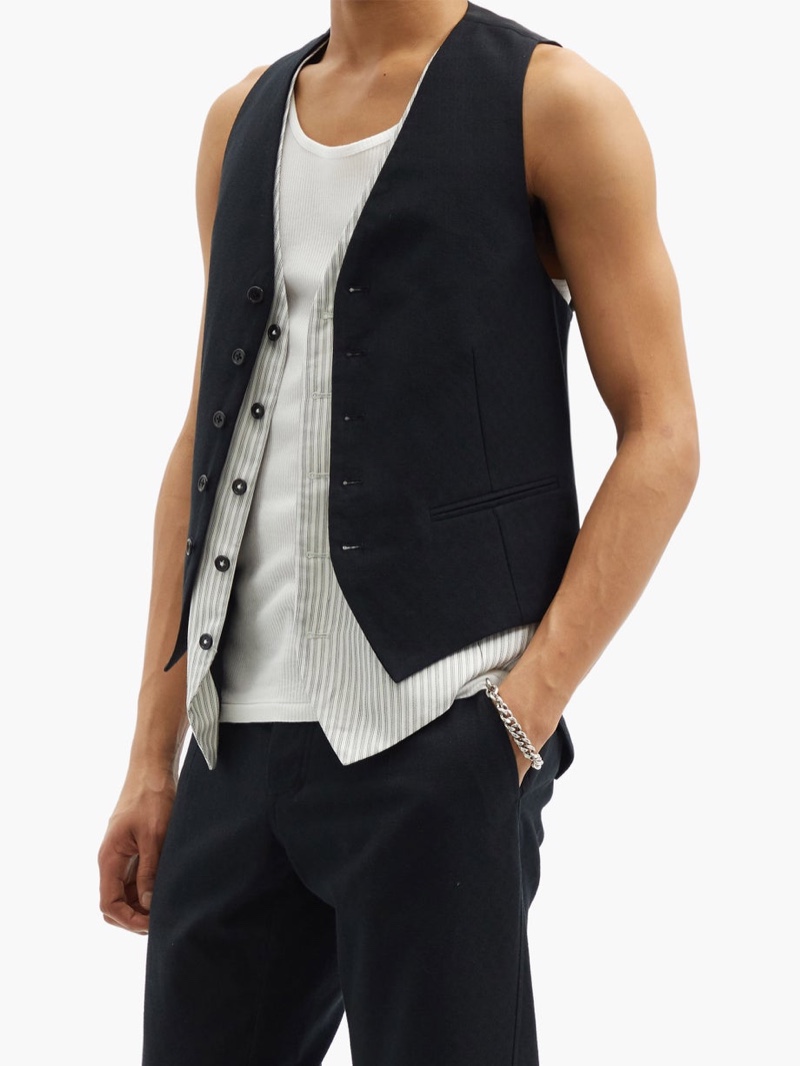
5. What material should I choose?
That really depends on the look you want and is probably one of the most challenging questions to answer because of the beautiful array of options available now. If you’re just starting out on your waistcoat journey, a matching three-piece suit is the safest choice and the ultimate in dashing. Experimenting with color and texture can add personality and discernment to your outfit.
A satin back or a block color that contrasts yet complements your suit can put a modern spin on the classic three-piece for formal events. For added texture, tweed or a wool herringbone can help pull off a smart-casual Peaky Blinders or waistcoat, and jeans look. For a more casual or individual choice, patterned cotton with chinos or a comfy knit with a flannel shirt can still give a relaxed outfit a touch of class.
6. Will I look overdressed?
Never worry about looking overdressed in a waistcoat. Even if you are the only waistcoat wearer in the room, stand tall and be proud of sporting such an iconic and stylish item. If in doubt, keep satin, shiny and ornate materials for formal events only.
There are options for every occasion, from pottering in the garden to fine dining. Enjoy expressing your style, and have fun experimenting with colors, patterns, and textures. Remember, though, that a waistcoat should complement your outfit rather than be the centerpiece. Keep it as an accessory, and you can’t go too far wrong.
In Closing
Finding a suitable waistcoat can make you stand out from the crowd for all the right reasons. It’s a garment that can express your individuality and, at the same time, shows an understanding of the intricacies of a fashion that has stood the test of time. Finding a great fit is the first stage, then the style choices are up to you. Alternatively, be a fashion rebel and throw the rule book out of the window; as long as your waistcoat makes you look and feel great, it has served its purpose well.
